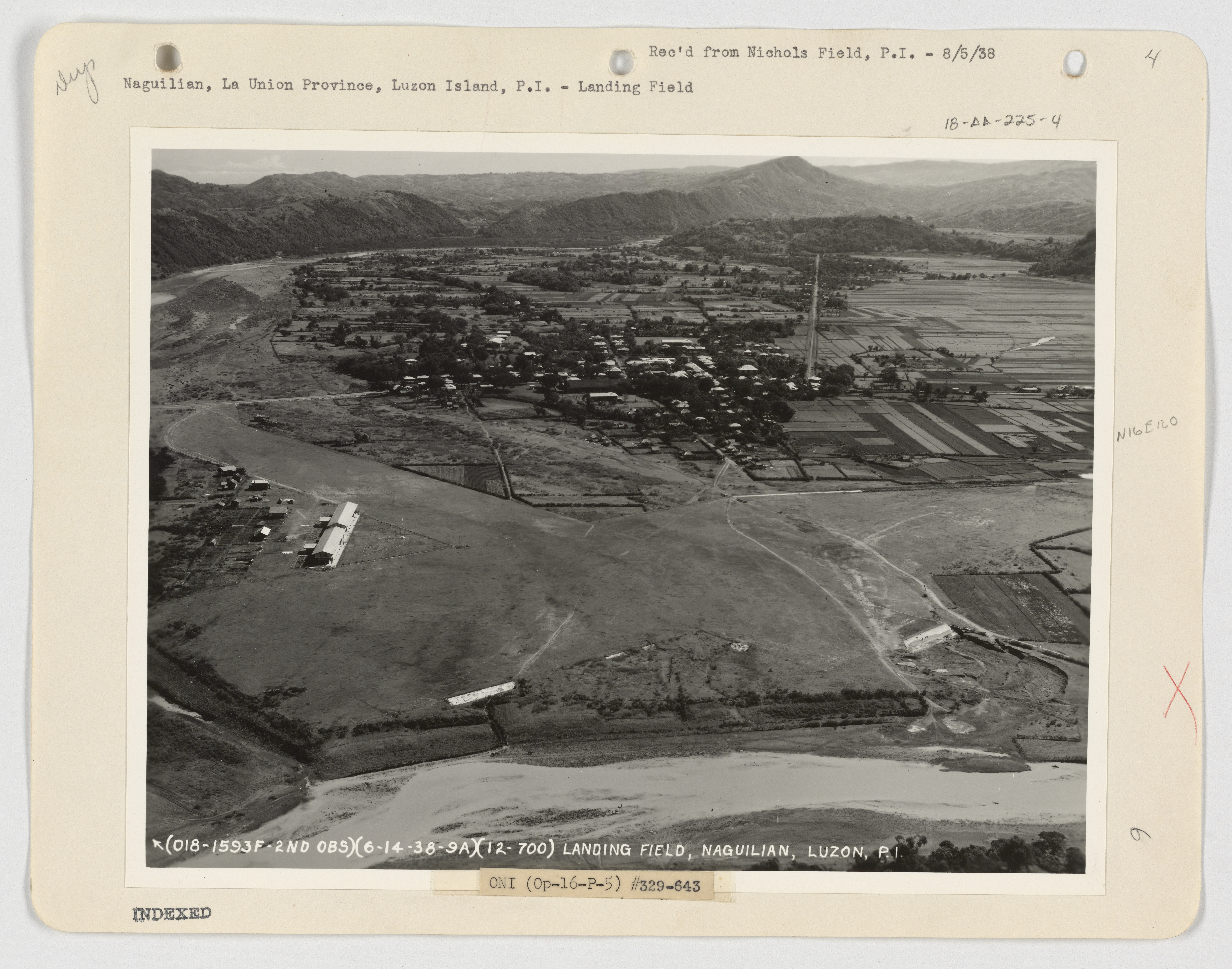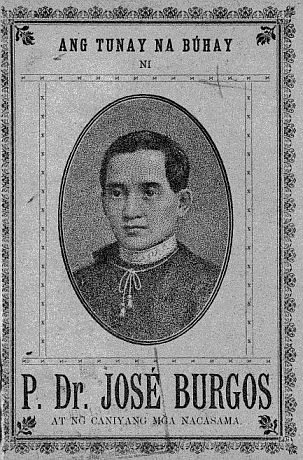|
La Union
La Union (), officially the Province of La Union (; ; ; ; ; ), is a coastal province in the Philippines situated in the Ilocos Region on the island of Luzon. The province's capital, the San Fernando, La Union, City of San Fernando, is the most populous city in La Union and serves as the regional center of the Ilocos Region. Bordered by Ilocos Sur to its north, Benguet to its east, and Pangasinan to its south, with the West Philippine Sea to the west, La Union is located 273 kilometers (170 miles) north of Metro Manila and 57 kilometers (35 miles) northwest of Baguio, Baguio City. The province spans an area of 1,497.70 square kilometers (578.27 square miles). As of the 2020 census, La Union had a population of 822,352, resulting in a density of 550 inhabitants per square kilometer or 1,400 persons per square mile. The province had 538,730 registered voters as of 2022. The province official language is Ilocano language, Iloco (Ilocano), as declared by the provincial government of ... [...More Info...] [...Related Items...] OR: [Wikipedia] [Google] [Baidu] |
Santo Tomas, La Union
Santo Tomás, officially the Municipality of Santo Tomas (; ; ), is a coastal municipality of the Philippines, municipality in the Philippine Province, province of La Union, Philippines. According to the 2020 census, it has a population of 40,846 people. Etymology The name ''Santo Tomá''s originates from the Spanish term for Saint Thomas (Thomas Aquinas, Saint Thomas Aquinas), a 13th-century Catholic Priest, Catholic priest, Philosophy, philosopher, and theologian celebrated for synthesizing faith and reason, authoring the Summa Theologica, and shaping Western Christian thought. The town was named in his honor by Order of Saint Augustine, Augustinian friars in the 16th century during the History of the Philippines (1565–1898), Spanish colonization, following the tradition of dedicating settlements to Christian saints. The town's rich religious heritage continues to be a significant part of its identity, with numerous churches and cultural practices rooted in its Catholic o ... [...More Info...] [...Related Items...] OR: [Wikipedia] [Google] [Baidu] |
San Fernando, La Union
San Fernando, officially the City of San Fernando (; ), is a component city and the capital of the province of La Union, Philippines. It serves as the regional and administrative center of the Ilocos Region. The city also functions as a hub for trade and commerce in northern Luzon and as a center for the culture and heritage of Ilocandia. According to the 2020 census, it has a population of 125,642 with 76,555 registered voters as of 2022. The City of San Fernando is a coastal city facing the West Philippine Sea to the west and bordered by the Cordillera Central mountain range to the east. It consists of 59 barangays and has a total land area of 105.26 square kilometers. The city's majority ethnolinguistic group are the Ilocano people who speak Iloco language, as the city has historically been an Ilocano stronghold. It is one of two capital cities in the Philippines named San Fernando, the other being San Fernando, Pampanga. As the regional center of the Ilocos Regio ... [...More Info...] [...Related Items...] OR: [Wikipedia] [Google] [Baidu] |
Rosario, La Union
Rosario, officially the Municipality of Rosario (; ; ), is a coastal municipality of the Philippines, municipality in the Philippine Province, province of La Union, Philippines. According to the 2020 census, it has a population of 60,278 people. Located at the southernmost tip of La Union, Rosario is known as the ''"Gateway to Ilocandia"'' and serves as the terminus of the Tarlac–Pangasinan–La Union Expressway (TPLEX), making it a vital transit hub connecting Central Luzon to Northern Luzon. Etymology The origin of the name ''"Rosario"'' is explained through several legends. One of the most widely accepted theories suggests that the name derives from the phrase ''“rosas del río”'' ("roses of the river"), referring to the picturesque landscape observed by the Spanish explorers upon their arrival. This landscape was characterized by narrow valleys, wild animals, birds, rivers, brooks, dense forests, and a scenic riverscape. Another version attributes the name to the sight ... [...More Info...] [...Related Items...] OR: [Wikipedia] [Google] [Baidu] |
Pugo, La Union
Pugo (), officially the Municipality of Pugo (; pangasinan language, Pangasinan: ''Baley na Pugo''; ), is a landlocked municipality of the Philippines, municipality in the Philippine Province, province of La Union, Philippines. According to the 2020 census, it has a population of 19,337 people. Etymology Two prominent theories on the origin of the name ''"Pugo"'' is reflect both the natural environment and the linguistic heritage of the area. The first theory traces the name back to the History of the Philippines (1565–1898), Spanish colonial period when the area, then known as ''Ranchería Tulosa'', was a well-known hunting ground for the ''quail'' bird specifically the Luzon buttonquail (''Turnix worcesteri''), an endemic bird species locally called ''"pugo"'' in the Ilocano language, Iloco language. These birds were abundant in the forested and grassy plains of the region, which attracted hunters. Over time, hunters began to refer to the area as ''Ranchería Pugo''. The ... [...More Info...] [...Related Items...] OR: [Wikipedia] [Google] [Baidu] |
Naguilian, La Union
Naguilian, officially the Municipality of Naguilian (; ), is a municipality of the Philippines, municipality in the Philippine Province, province of La Union, Philippines, According to the 2020 census, it has a population of 52,189 people. It is renowned as the Home of the Original Basi, a traditional fermented sugarcane wine. Naguilian is located at the geographical center of La Union and has a total land area of 10,086.85 hectares, making it the third-largest among the 19 towns and cities in the province. As of 2020, the town has 36,150 registered voters. Etymology The name "Naguilian" is derived from the Ilocano language, Iloco word ''nagilian'', which is based on the root ''íli'', meaning "town." The prefix ''nag-'' indicates the present or past tense, while the suffix ''-an'' expresses a perfective aspect, signifying a completed action or state. Together, ''nag-ili-an'' can be interpreted as ''"towned by people"'' or ''"a place that has been established or settled by pe ... [...More Info...] [...Related Items...] OR: [Wikipedia] [Google] [Baidu] |
Caba, La Union
Caba, officially the Municipality of Caba (; ; ), is a coastal municipality in the province of La Union, Philippines. According to the 2020 census, it has a population of 23,119 people. Caba was the birthplace of Diego Silang, a prominent Filipino revolutionary leader who led an uprising against Spanish colonial rule in the Ilocos Region in 1762. The municipality is also known for its thriving bamboo industry and its scenic beaches. As of 2022, Caba had 17,787 registered voters. Etymology The town has historically been referred to by three names: ''Caba, Cava,'' and ''Caua''. According to local historian Pedro Manongdo, two main theories explain the origin of the town's name. One theory suggests that the name originated from an incident when a Spaniard asked an inhabitant for the name of the place. The youth, misunderstanding the question as referring to the animal he was herding, responded with “Cava.” The name was subsequently repeated and evolved into Cava, and later Caba ... [...More Info...] [...Related Items...] OR: [Wikipedia] [Google] [Baidu] |
Burgos, La Union
Burgos, officially the Municipality of Burgos (; ), is a municipality in La Union, Philippines, named after the Filipino martyr José Burgos, Father Jose Burgos. It is the least populated municipality in the province, with a population of 9,006 according to the 2020 census. The town is known for its production of colored soft brooms made from tiger grass. Etymology The town was named after José Burgos, Padre José Burgos, a Filipino priest, educator, and nationalist who was a prominent figure in the Philippine movement for independence from Spanish colonial rule. According to local tradition, Padre Burgos sought refuge in the town while fleeing Spanish persecution and officiated a mass at Sitio Domingo in Agpay, leaving a lasting influence in the community. History The early history of town, is closely tied to its Igorot people, Cordilleran (Igorot) inhabitants, including the Ibaloi people, Ibalois (''Mangatibekbek'') from Atok, Benguet, Atok and Kapangan in Benguet, and t ... [...More Info...] [...Related Items...] OR: [Wikipedia] [Google] [Baidu] |
Bauang
Bauang, officially the Municipality of Bauang (; ; ), is a municipality in the province of La Union, Philippines. According to the 2020 census, it has a population of 78,449. Bauang is recognized as the ''"Fruit Basket and Beach Capital of the North,"'' known for its pristine beaches, which remain a popular destination for swimming, as well as its cultivation of grapes and guapples. In the annals of Philippine literature and history, Bauang holds significance as the birthplace of the renowned literary figure and World War II martyr, Manuel Arguilla. The municipality is strategically located along the MacArthur Highway, with a key junction connecting to Naguilian Road, one of the main routes leading to Baguio City. Etymology The origins of the name "Bauang" are attributed to several interpretations. One theory suggests it comes from the word ''"buá"'' referring to the betel nut, which was plentiful in the area now known as Barangay Nagrebcan, where the old Spanish Church was ... [...More Info...] [...Related Items...] OR: [Wikipedia] [Google] [Baidu] |
Bangar, La Union
Bangar, officially the Municipality of Bangar (; ), is a coastal municipality in the province of La Union, Philippines. known for its loom-weaving or "abel", and blacksmithing or "panday" industries. According to the 2020 census, it has a population of 38,041 people. Etymology The name Bangar is derived from the bangar tree ('' Sterculia foetida''), a species that once thrived in the area now occupied by the town. The bangar tree is characterized by its flowers, which emit a distinct foul odor. Despite this, the tree was historically significant for its various uses. Its wood was highly valued for crafting interior boards of houses, while its fruits, when soaked in oil, were used to produce a deep red dye for handwoven textiles. The tree also held cultural importance, as its large canopy provided a gathering space for the ''"indios infieles"'' a term used by Spanish colonizers to describe non-Christianized natives who performed traditional rituals beneath its shade. History 170 ... [...More Info...] [...Related Items...] OR: [Wikipedia] [Google] [Baidu] |
Balaoan
Balaoan, officially the Municipality of Balaoan (; ), is a coastal municipality in the province of La Union, Philippines. According to the 2020 census, it has a population of 40,339. Etymology The name "Balaoan" is derived from the Iloco words ''bala'', meaning " ''bullets''," and ''aoan or awan'', meaning "''none''" or "''no more''." Historical records show that the town's name has also been spelled as "''Balauan''" or "''Balaoang''" in earlier times. One account attributes the name to the bravery of early Ilocano settlers who defended their territory against invaders armed with superior weaponry. When their supply of ammunition was exhausted, they continued to fight with bolos and bare hands, shouting “''Bala! Aoan!''” (“Bullets! No more!”). This act of resilience is believed to have inspired the town's name. Another interpretation suggests a more playful origin. It is said that local inhabitants teased Spanish soldiers who patrolled the area by asking, “''Aoan ba ... [...More Info...] [...Related Items...] OR: [Wikipedia] [Google] [Baidu] |
Bagulin
Bagulin, officially the Municipality of Bagulin (; ), is a landlocked, upland municipality in La Union, Philippines. As of the 2020 census, it has a population of 14,428. Bagulin is well-known for its broom-making industry, particularly its high-quality soft brooms. Etymology The name ''Bagulin'' originates from a local folklore about Bago and Ulin. According to folklore, Bago, an Igorot highlander, traveled westward from the uplands after observing a bluish crystal near the coast. Upon reaching the area, he encountered Ulin, a lowland maiden, who was struggling in the waves. Displaying courage, Bago rescued her, and the two fell in love. Despite their cultural differences and the disapproval of Ulin's family, Bago and Ulin eloped and settled in the area now known as Bagulin. They had a son, whom they named Bagulin, combining their names as a symbol of their union. Bagulin grew up to become the first chieftain of the community, then referred to as ''"Allabok."'' His leadership ... [...More Info...] [...Related Items...] OR: [Wikipedia] [Google] [Baidu] |
Bacnotan
Bacnotan, officially the Municipality of Bacnotan (; ), is a coastal municipality in the province of La Union, Philippines. According to the 2020 census, it has a population of 44,388 people. Etymology The name ''Bacnotan'' is derived from the hispanized Iloco word ''"bakunutan"'' or ''"basnótan"'', which translates to ''"to flog"'' or ''"to whip"'' in English. Historically, the area was a vast expanse of wilderness inhabited by a group of natives governed by a rudimentary form of leadership. At one point, the town fell under the rule of a despotic chieftain who wielded absolute authority over his constituents. Under his oppressive regime, disobedience to his decrees was met with severe punishments, including public flogging. After enduring years of tyranny, the people rose against their chieftain, ultimately overthrowing him and subjecting him to the same punishment he had inflicted upon them. He was flogged to death by his own people. The act of flogging, expressed in the lo ... [...More Info...] [...Related Items...] OR: [Wikipedia] [Google] [Baidu] |








